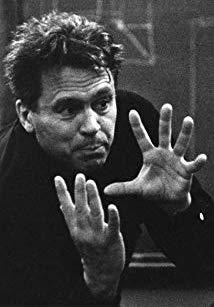
Courtesy article written by Yuri Neyman ASC
from GLOBAL CINEMATOGRAPHY INSTITUTE – www.globalcinematography.com
In the middle of the awards season when we are all guessing and predicting who will win the Best Cinematography Oscar this year….. It is stimulating to remember some cinematographers and their films which never won an Oscar, but stay undying models of distinctive cinematography work which will remain everlastingly in the “Annals of Superb/Unique Cinematography and Distinctive Imagery”.
As part of our Visual Literacy Program we screen, analyze, and discuss many films with our students. These are films considered to be groundbreaking examples of cinematography and should be known by all filmmakers.
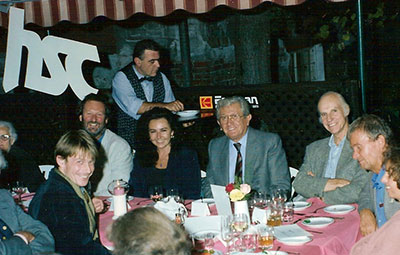
Recently was the 110th anniversary of one of most significant and greatest cinematographers/artists of all time, who brought to the world of cinema and cinematography such visual masterpieces as “I am Cuba” and “Cranes Are Flying” – Sergey Urusevsky (1908-1974).
To help our Visual Literacy Students as well as those who are interested in attending our upcoming sessions, we are starting a series of articles as an educational resource highlighting some of the pivotal, less recognized artists who shaped the path of cinematography and filmmaking.
Sergey Urusevsky was a Soviet-Russian Cinematographer renowned for his subjective camera style in “I am Cuba” (1961) and “The Cranes Are Flying” (1957). He is regarded as one of the best of all time, winning him several awards throughout his career. Urusevsky’s work draws influence from Eduard Tisse, the cinematographer known for his work with Sergei Eisenstein on the film Strike.
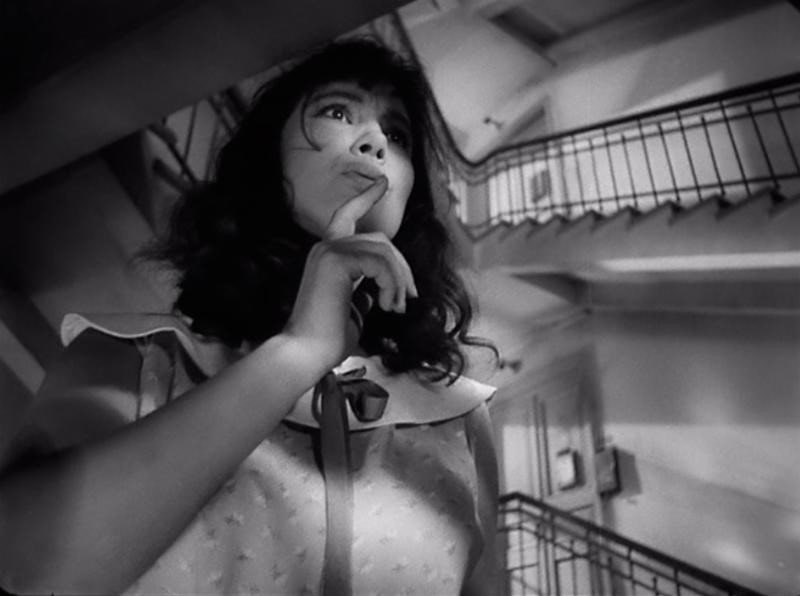 |
| “Cranes Are Flying” Dir: Mikhail Kalatozov Cinematographer: Sergei Urusevsky |
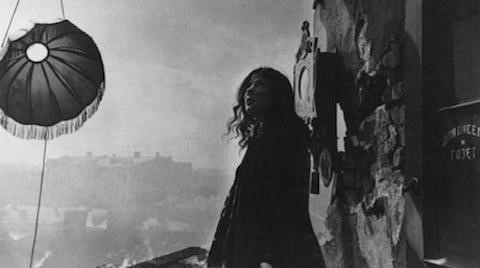 |
| “Cranes Are Flying” Dir: Mikhail Kalatozov Cinematographer: Sergei Urusevsky |
Urusevsky turned the film “I am Cuba” – which was “designed” by Soviet and Cuban ideological leaders of those times as a dimensional, primitive propaganda film, into a stunning pictorial epic. His black and white and occasionally infrared photography is a startlingly beautiful and timeless symbolical visual statement of the times!
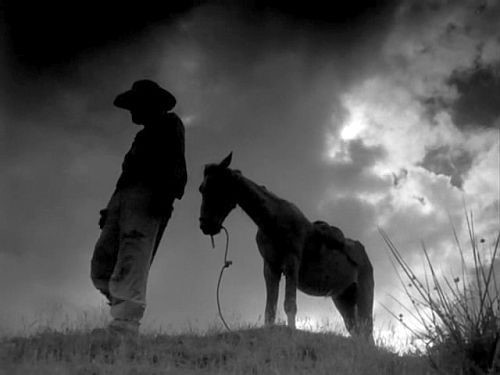 |
| “I Am Cuba” Dir: Mikhail Kalatozov cinematographer: Sergei Urusevsky |
The scene “Funeral of Revolutionary” contains probably the most remarkable tracking shot ever: the camera starts among the mourners, soars up to enter the window of a tobacco factory, moves across a room, and then departs through the window opposite, and hovers slowly above the street. You can watch the scene here.
 |
| “I Am Cuba” Dir: Mikhail Kalatozov Cinematographer: Sergei Urusevsky |
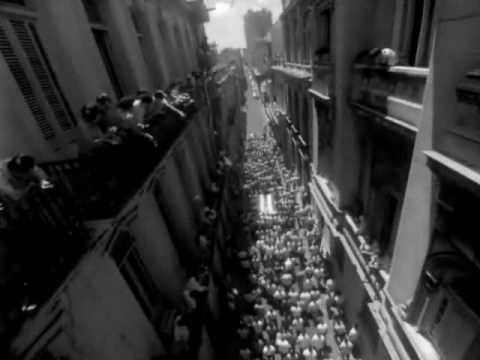 |
| “I Am Cuba” Dir: Mikhail Kalatozov Cinematographer: Sergei Urusevsky |
“The Cranes Are Flying,” directed by Mikhail Kalatozov in 1957, is one of the landmarks of Soviet film and, in Josephine Woll’s words, “the first indisputable masterpiece of post-Stalin cinema.” “The film was instantly greeted as a revelation in the Soviet Union and became an international success, winning the Palme d’Or at Cannes. Even today, seeing “The Cranes Are Flying” is a moving experience, and it may not be difficult for contemporary viewers to recapture the sensation which the film is said to have evoked in those who saw it when it was new: that of a fresh wind sweeping through a musty house.”
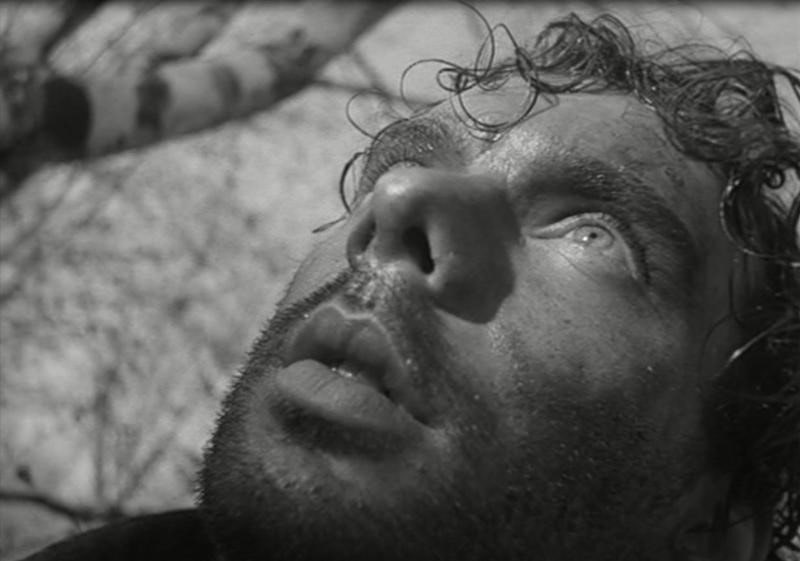 |
| “Cranes Are Flying” Dir: Mikhail Kalatozov Cinematographer: Sergei Urusevsky |
Urusevsky’s handheld cinematography in several scenes of Cranes was a revelation. He had developed his love and talent for handheld shooting during his two years of service as a military cameraman during the war. He and Kalatozov experimented with handheld shooting in First Echelon. Urusevsky coined the phrase “off-duty camera” to describe his mobile, alert, sensitive camerawork (whose fullest unmooring would come with I Am Cuba). One of the highlights of The “Cranes Are Flying” is the sequence in which Veronica, having failed to say goodbye to Boris, rushes in search of him through a crowd of people seeing new recruits off to the frontlines. In the first shot of the sequence, she looks tensely out the window of a moving bus, gets off the bus, and weaves in and out of a crowd-Urusevsky’s handheld camera staying with her all the while, without a cut. Then, unexpectedly, still in the same shot, the camera cranes up to look down at her as she runs between tanks across a street. The mobile camera heightens the urgency of the scene, gives it width, profundity, and flexibility.
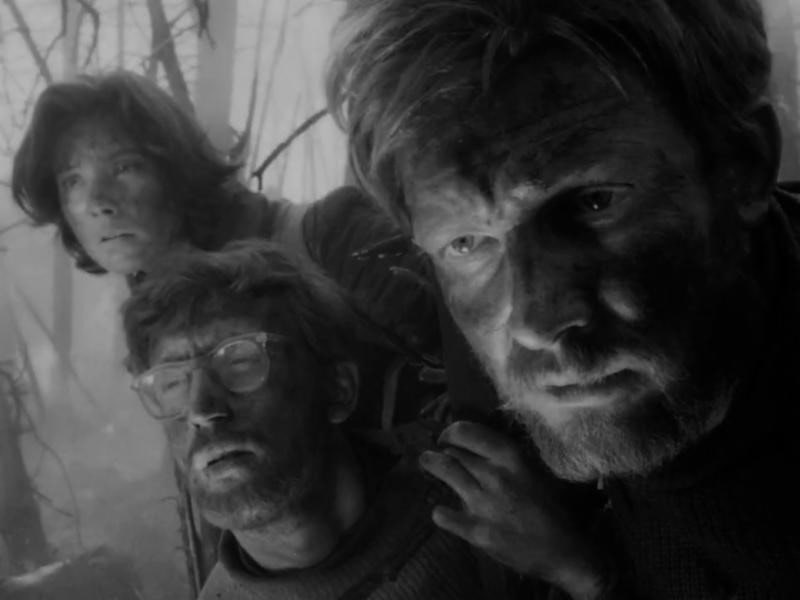 |
| “Letters Never Sent” Dir: Mikhail Kalatozov Cinematographer: Sergei Urusevsky |
 |
| “Letters Never Sent” Dir: Mikhail Kalatozov Cinematographer: Sergei Urusevsky |
Sergey Urusevsky never studied in the internationally known Moscow Film School VGIK (established in 1919) but had always been interested in graphic design and photography. He graduated from the Leningrad Art & Industrial Academy in 1929 and then he attended the Academy of Arts, graduating in 1937. He was very candid in his admiration for Pablo Picasso and was even sent ceramic paintings from the esteemed artist. Urusevsky was a Russian artist, sculptor, photographer and graphic designer. He was one of the founders of constructivism and one of the most multitalented constructivist artists to emerge after the Russian Revolution.
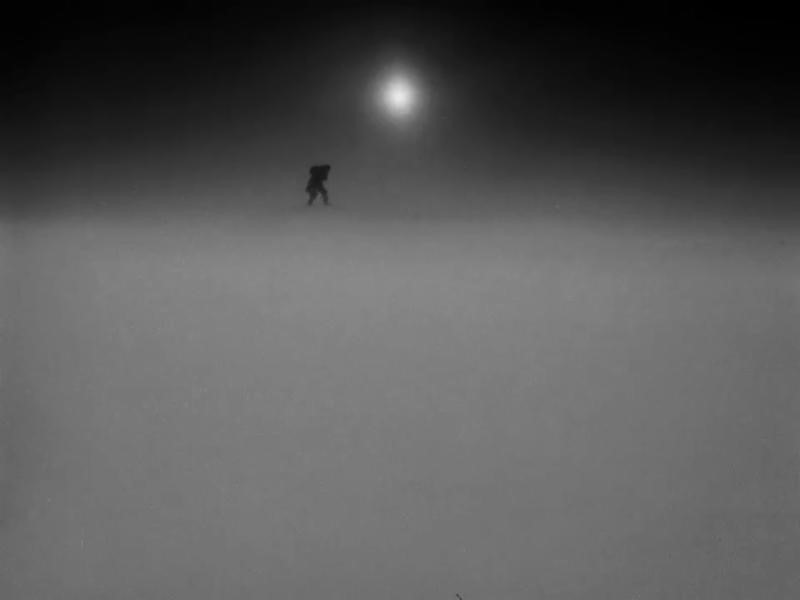 |
| “Letters Never Sent” Dir: Mikhail Kalatozov DP: Sergei Urusevsky |
He worked as a painter and graphic designer before turning to photomontage and photography. His photography was socially engaged, formally innovative, and opposed to a painterly aesthetic. He wrote: “One has to take several different shots of a subject, from different points of view and in different situations, as if one examined it in the round rather than looked through the same key-hole again and again.” Urusevsky also considered himself a pupil of the avant-garde photographer Aleksander Rodchenko (1891 – 1956).
Each photo taken by Aleksander Rodchenko contains a visual image of extraordinary emotional power. His frames are poems that cannot be forgotten; appeals that cannot be ignored. All world photography of the twentieth century developed under the influence of Rodchenko. Of course Urusevsky experienced the influence of such a great photographer, and “I Am Cuba” is certainly inspired by the aesthetics of Rodchenko.
Selected photos by Aleksander Rodchenko:
































